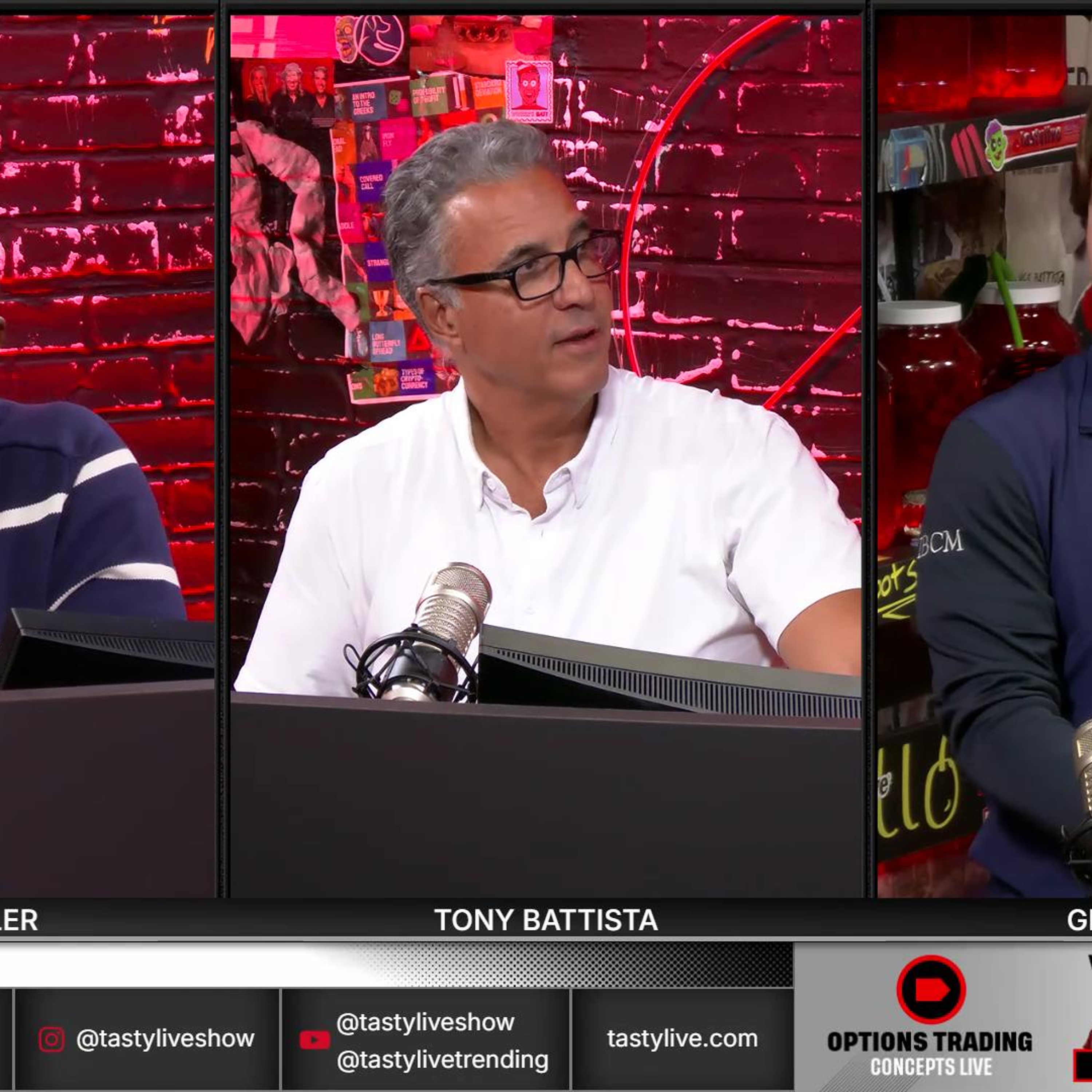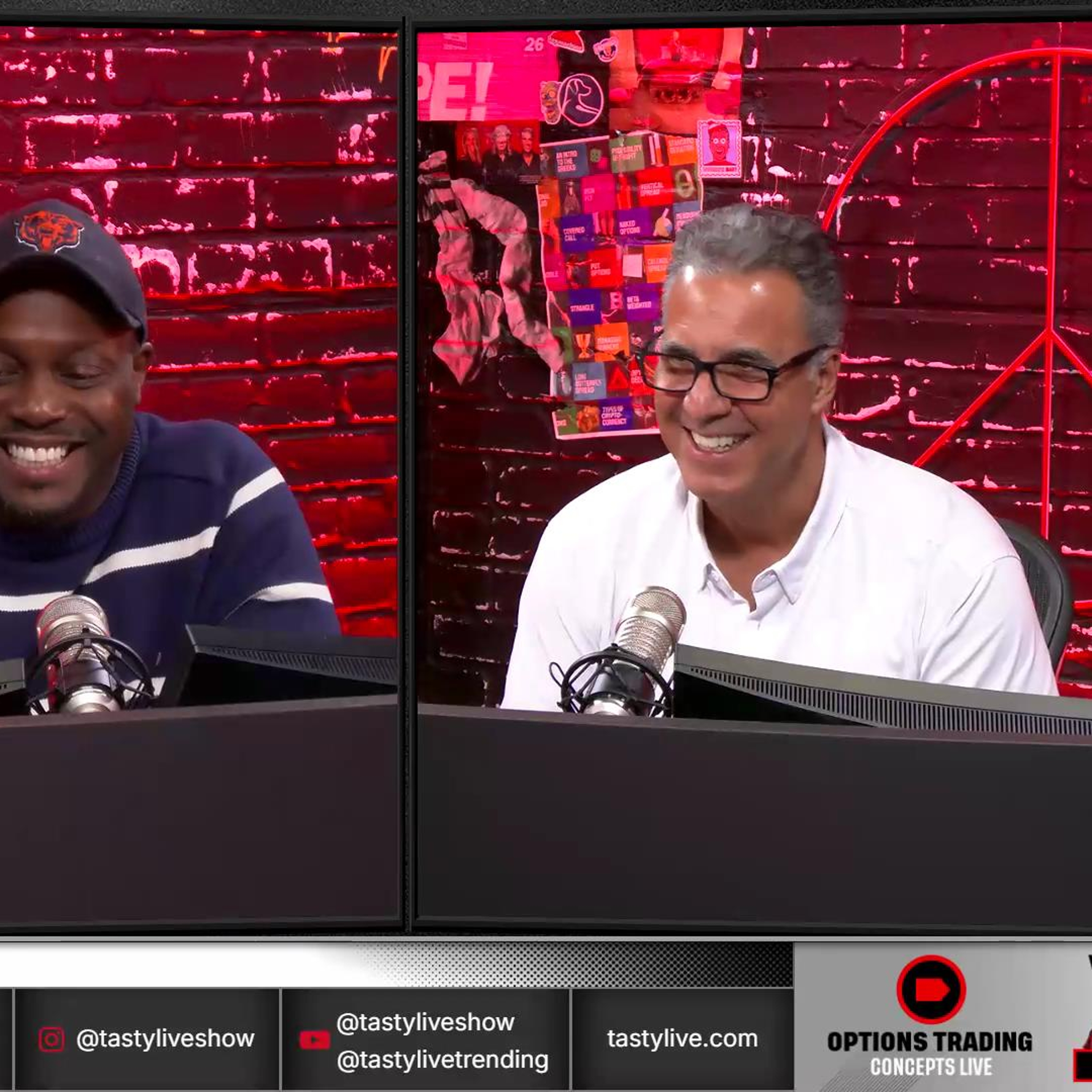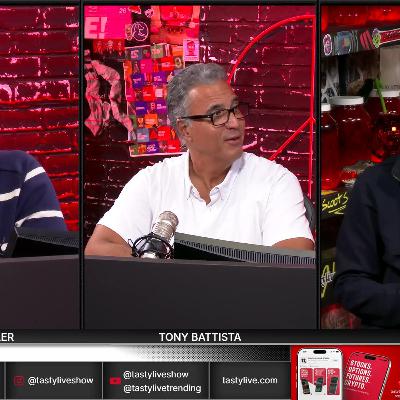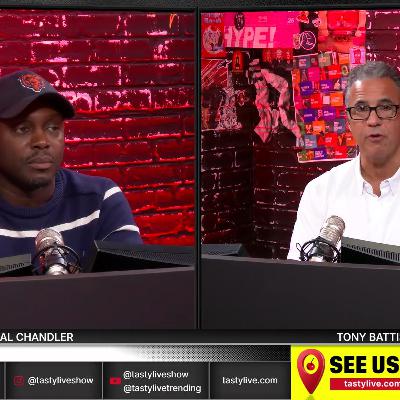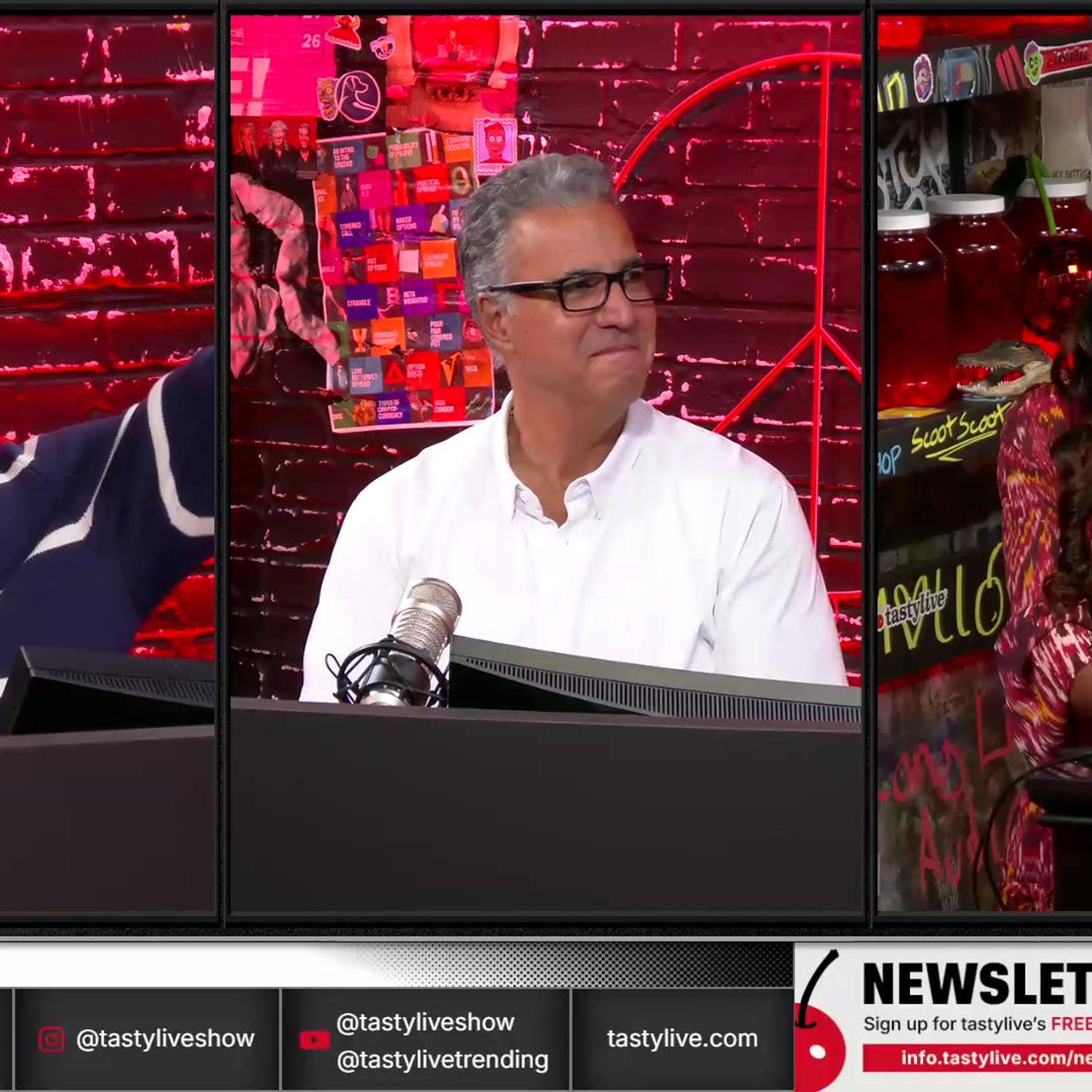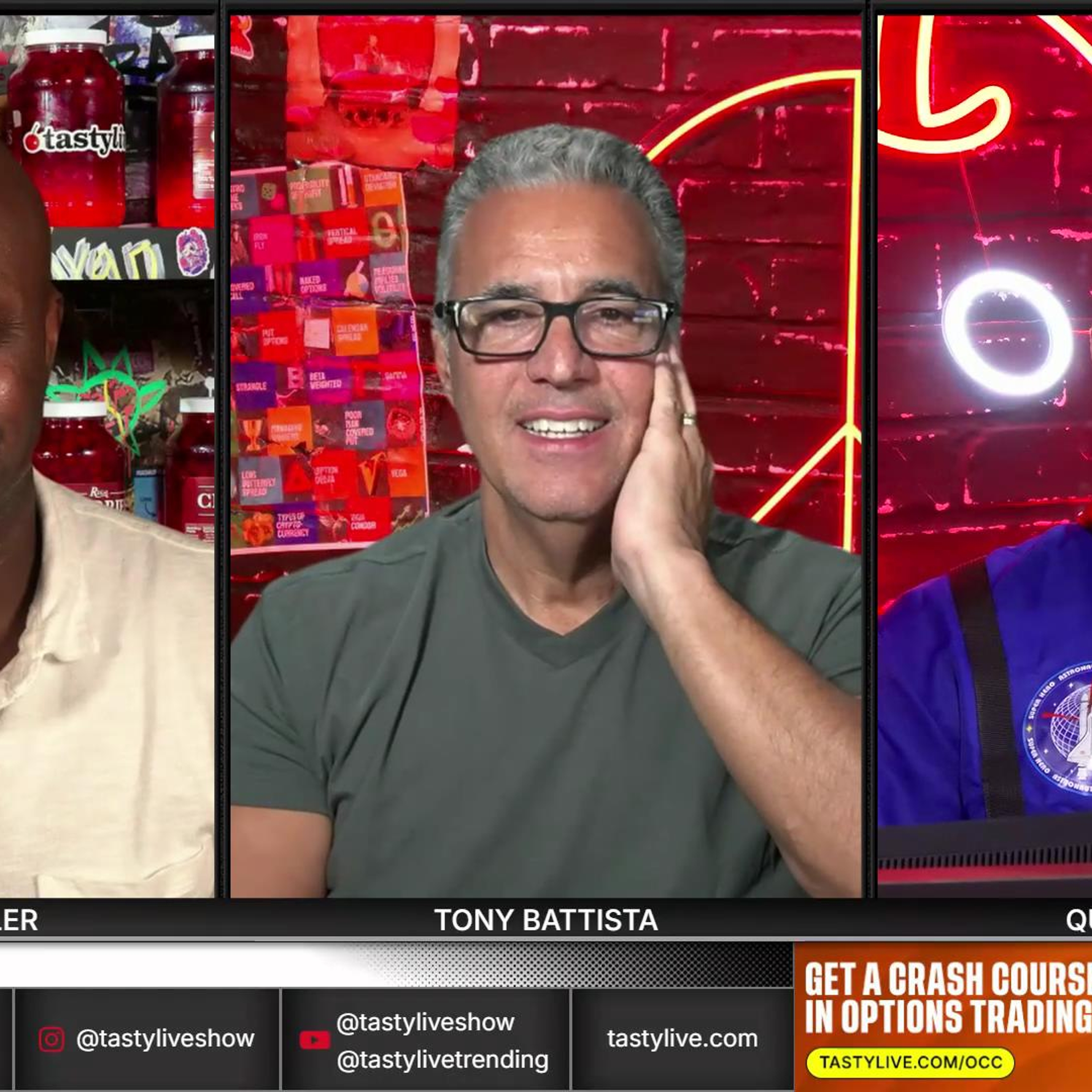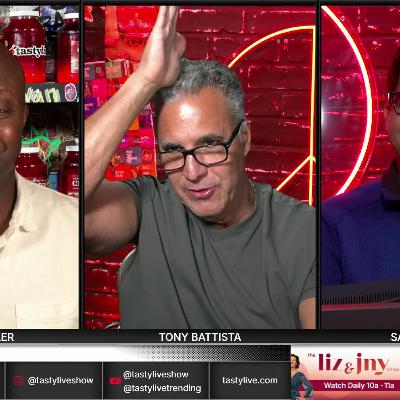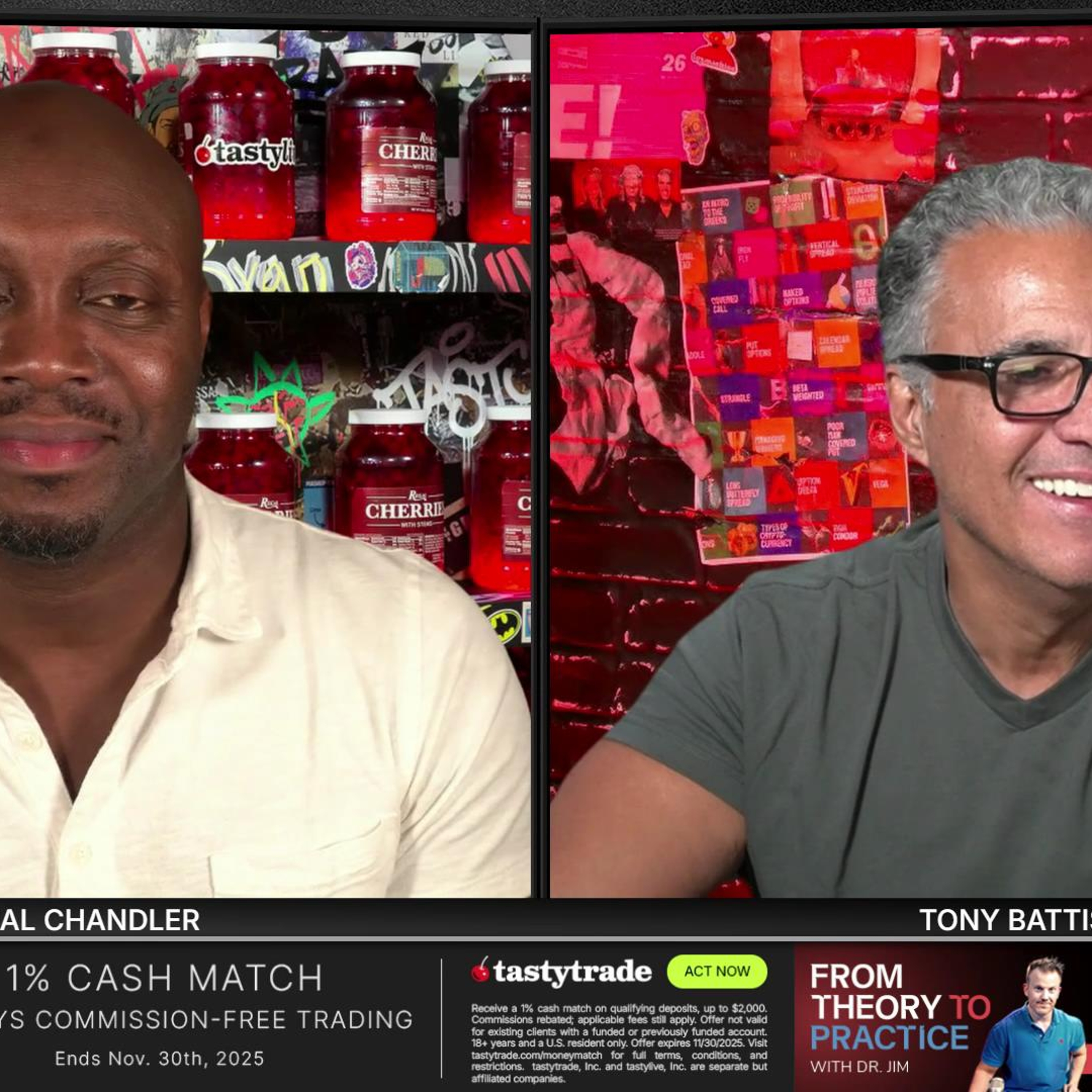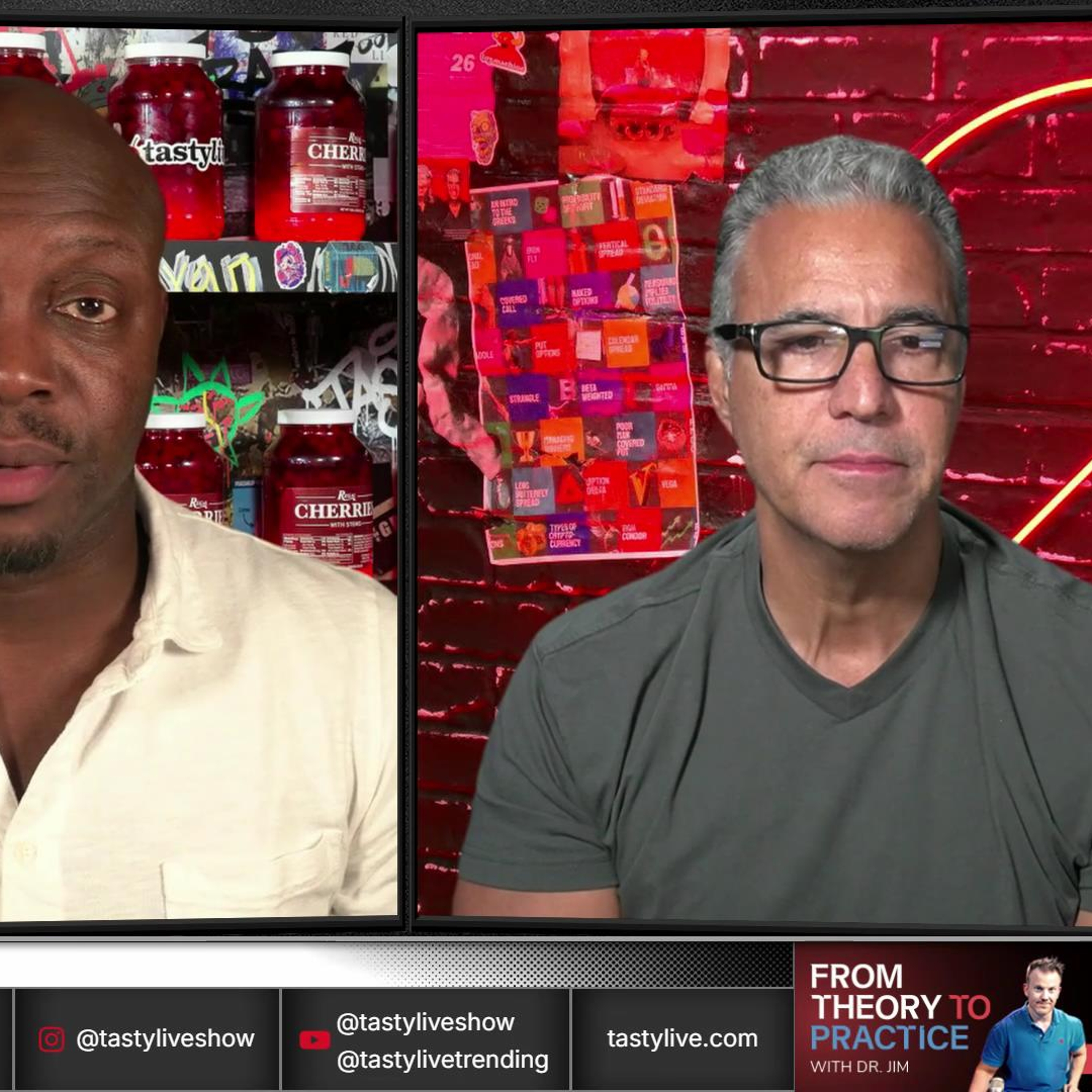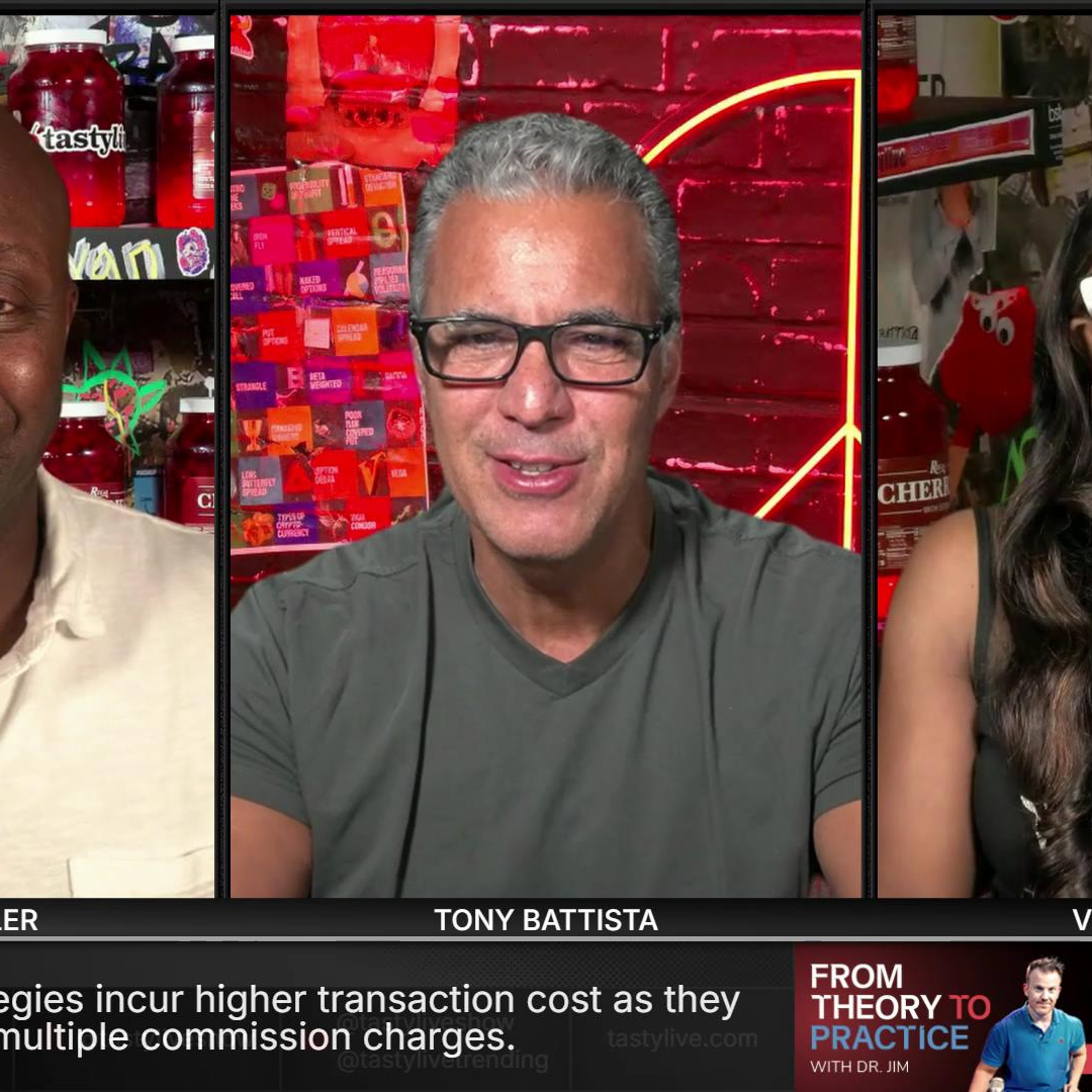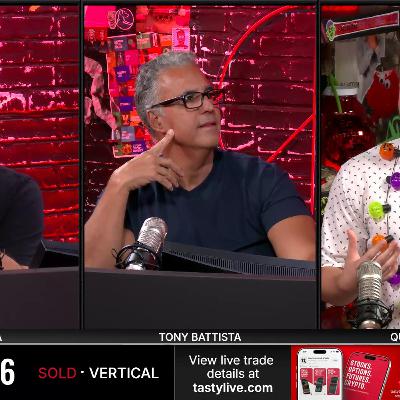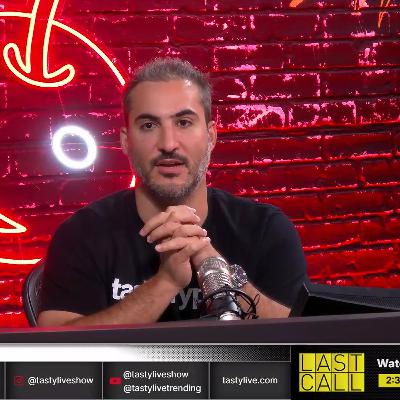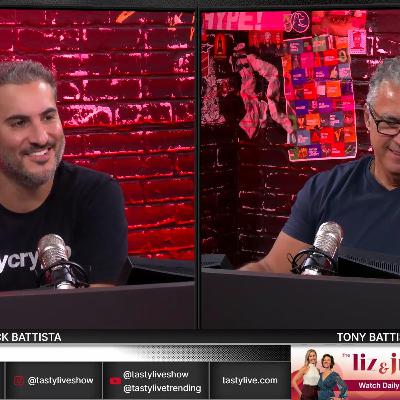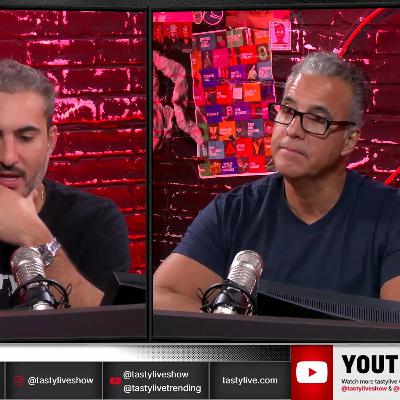Discover tastylive: tastylive
tastylive: tastylive
.png?width=3000&height=3000&fit=crop)
tastylive: tastylive
Author: tastylive
Subscribed: 6Played: 860Subscribe
Share
© ℗ & © copyright 2013 - 2025 tastylive. All Rights Reserved.
Description
Tom Sosnoff and Tony Battista, ex-floor traders, share decades of options trading experience for viewers interested in actionable trading ideas. Watch to increase your probability of success! Watch the Live Stream.
2280 Episodes
Reverse
The segment explored risk management strategies for bullish traders, comparing naked puts to defined-risk alternatives. While naked puts offer higher potential returns, defined-risk strategies like put spreads significantly reduce buying power requirements and maximum loss exposure.
For smaller accounts, particularly Tastybytes accounts (small acounts like around with $25K), defined-risk strategies show approximately 90% correlation with naked options while requiring substantially less capital. This approach offers traders with limited capital access to higher-priced securities like SPY and Apple (AAPL) with manageable risk profiles.
Hosts Tony and Jamal welcomed researcher Kai to discuss a week where Fed policy overshadowed market action, with the 25bp rate cut accompanied by hawkish commentary that sent December cut expectations plummeting from 90% to 67% (now 69-70%). Kai noted the Fed Watch tool has been highly accurate historically when above 65%, suggesting December cut remains likely but not guaranteed. The government shutdown entered its sixth week (31 calendar days) approaching the 2018-2019 record of 34 days, with less than 25% probability of resolution this week and 50% expecting it to extend past November 16th. Global markets rallied with all nine major indices up, though US gains were modest compared to Asian markets led by Japan and Hong Kong (both up 30%+). The earnings picture showed last week's major names delivering more red than green among liquid stocks, with the season now perfectly balanced at 50% winners/losers and zero average returns across 1,200+ companies. Upcoming week features busy slate including Palantir and HIMS today, Uber/Shopify/Spotify tomorrow, and AMD Tuesday as the standout.
In this half-hour segment, Sahil, from the Research Team discusses many current market trends and signals, particularly the evolving definitions of low implied volatility. He highlights that despite the S&P 500 reaching all-time highs, a significant number of stocks are underperforming, indicating a top-heavy market. The MAG-7 stocks, especially NVIDIA (NVDA) and Microsoft (MSFT), dominate market contributions, exacerbating this trend. Sahil also examines treasury yields and currency trends, suggesting that despite rising interest rates, market sentiment remains bullish, bolstered by strong earnings and hopes for rate cuts.
Hosts Tony and Jamal conducted a selective Fast Market session executing four trades while closing several profitable positions including Coin puts (sold $5, bought $3.45) and Amazon short puts ($2 to $0.36). The CRM trade featured the newly-renamed "Super Bowl" structure selling 240 November puts and buying 255-260 weekly call spread for net $2.65 credit, playing into potential ServiceNow earnings spillover. The Microsoft December 510-525 call spread at exactly $5 provided 50-50 directional exposure with Tony patiently waiting for the $6 downtick to improve his fill. The SPX zero-day 20-delta iron condor with $20-wide wings at $5.10 was quickly scalped at $4.60 (10% profit) given market uncertainty. Multiple passes included ARM due to 30-cent wide markets making the 190 calls untradeable, Rivian where Tony suggested buying stock outright rather than paying wide option spreads on a $13 product, Spotify with prohibitive $4-wide markets, and Japanese Yen call spread as Tony identified himself as "world's worst commodity trader" avoiding currency positions.
The discussion begins with a review of market conditions, noting declines in major indices, including the NASDAQ and E-mini S&Ps. Nick and Tony then explore trading strategies, particularly for earnings season, suggesting a cautious approach to zero-day SPX trades amid heightened volatility. They emphasize the importance of managing buying power and advocate for scalping with futures over stocks due to better risk management. Key recommendations include building a watch list and participating in market trades to develop awareness, all while focusing on options strategies for potential gains.


